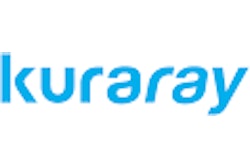Researchers at the University of São Paulo Bauru School of Dentistry in Brazil have examined the best methods of bonding self-adhesive cement to high-crystalline content zirconia after different chemical surface treatments and produced concrete recommendations based on their findings.
Of the surface treatments they tested, treating the zirconia with a basic solution of sodium hydroxide and then conditioning it with Alloy Primer (Kuraray) yielded the greatest bond strength in a shear bond strength test. The researchers presented the data in a poster session during the recent International Association for Dental Research (IADR) meeting in San Diego.
The researchers divided 60 rectangular zirconia samples into six groups. The control group had no surface treatment; group 2 received an application of Alloy Primer; group 3 received an application of Z-Primer (Bisco); group 4 received an application of sodium hydroxide (NaOH); group 5 received a combined treatment of NaOH solution and alloy primer; and group six was treated with an NaOH solution and Z-Primer.
RelyX U100 cement (3M ESPE) was then applied to the surfaces to make up a cube that measured 3 mm in diameter and height. After being stored in distilled water for 24 hours, a universal testing machine (EMIC) was used to conduct a shear bond strength test.
Groups 2 and 5 had "significantly" higher values than groups 3, 4, and 6, while the control group was statistically lower than all the other groups.
Group 5, the samples treated with a combined treatment of NaOH solution and Alloy Primer, produced the best results in the methodology applied, the researchers noted.



















